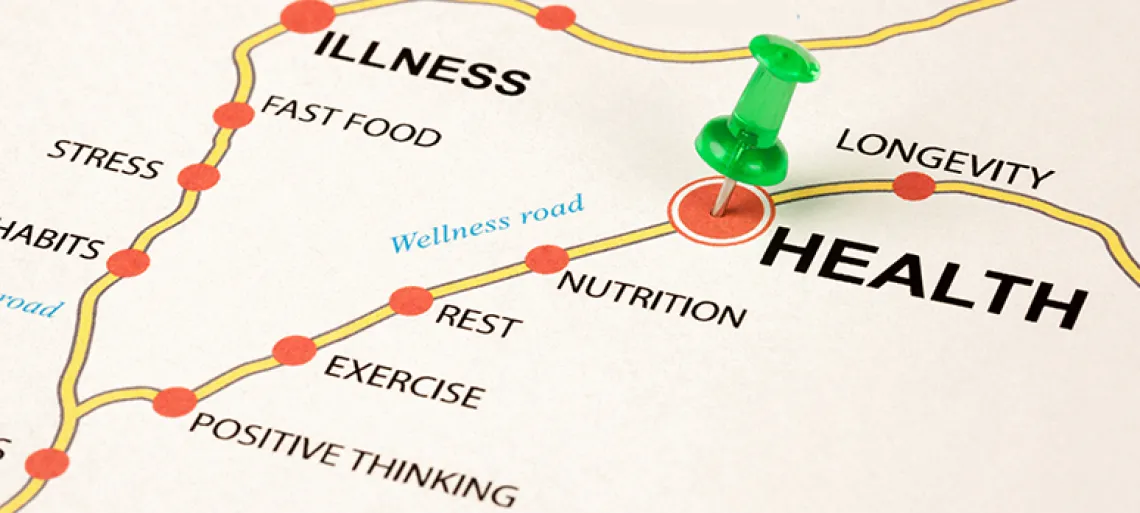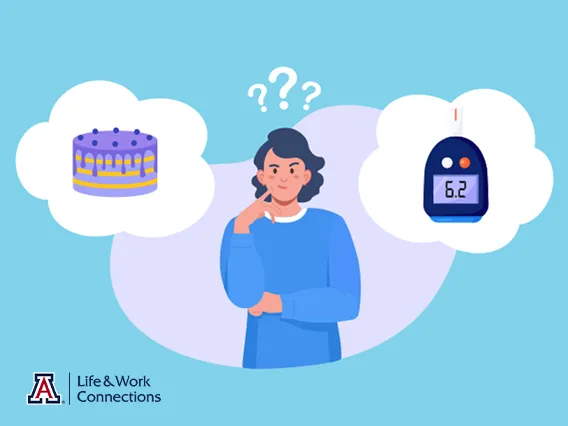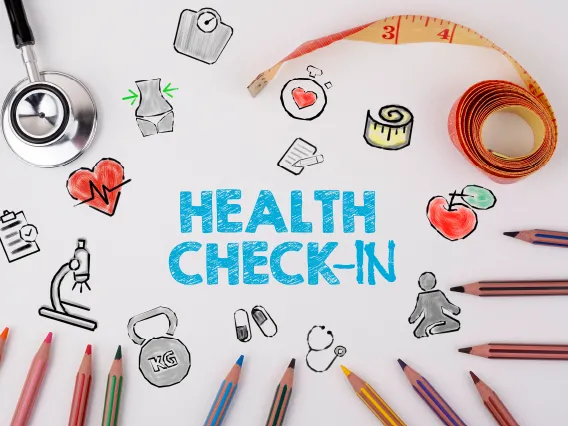
The road to good health can begin with a few simple steps. While we can do them all at the same time, sometimes just picking one and getting started can seem more manageable. What will you choose today?
- Get your yearly physical: Seeing your doctor at least once a year is beneficial to your health and is a preventive step. Your provider will use a physical exam to see how your body is performing. Areas of health the provider may focus on will depend on your personal health history and family history. What to expect during your physical exam is covered in this Healthline article. Most insurance plans cover the cost of a yearly physical exam.
- Become nicotine-free: if you don’t smoke, don’t start. If you do smoke, quit. If you are ready to quit, Use the AshLine to connect with a quit coach. You can use over-the-counter nicotine replacement therapy, such as gum, lozenges, or patches. Other medications are available through your primary care provider, and no matter which you use, you can still contact a quit coach at the AshLine to help you create a quit plan.
- Manage stress: Stress is a natural part of life, but sometimes it can feel overwhelming. Practice managing your stress with these ideas from the Mayo Clinic.
- Start or increase physical activity: The Physical Activity Guidelines for Americans 2nd edition recommends Americans spend 150 minutes in moderate physical activity per week for better health outcomes. For those already at the goal, increasing your number of minutes to 300 does show some additional benefits. Any bout of physical activity of any length contributes to your health benefits. Just climbing a flight of stairs contributes to better health. Reducing sedentary behavior is beneficial and adds to better health. In fact, it reduces all-cause mortality, cardiovascular disease, type 2 diabetes, and certain cancers.
- Balance nutrition for a healthy diet: focus on nutrient-dense foods, which include whole grains, fruits, vegetables, and legumes (lentils and beans). Ideally, most of your fat intake should be from unsaturated fats found in fish, avocados, nuts, olive oil, sunflower seed oil, and canola oil. Choose foods from these categories that you like and experiment with their preparation.
- Sleep is vital to your overall health: Brain health, weight, and overall health are linked to a good night’s sleep. Are you having trouble sleeping? Check out these tips.
- Keep your vaccinations up to date: As adults, we often think we have gotten all necessary vaccinations during childhood. Get your flu shot, and a Tdap to protect yourself, babies, and small children from whooping cough. If you aren’t sure what vaccinations you should have, ask your medical care provider.
These changes can be tracked through the Health Impact Program (HIP), an award-winning well-being program designed to help you make small, everyday changes to experience better health. All benefits-eligible employees can participate in the HIP program. You can earn up to $200.00 cash incentive annually by tracking your habits.

The Sweet Control to Prevent High Blood Sugar
Learn the risk factors of diabetes and how early detection through regular health screenings can help to prevent or mitigate disease, including knowing and tracking your essential health numbers: blood sugar and weight. Don't let your family health history be your health future. Take charge of your health and prevent disease.

Health Check-In - UA BookStores
Do you know your numbers? Knowing your numbers is one of the best ways to evaluate your health by identifying your risk and providing motivation for managing your health. Use these regular check-ins to monitor your health so you can keep on your path to your best health.

